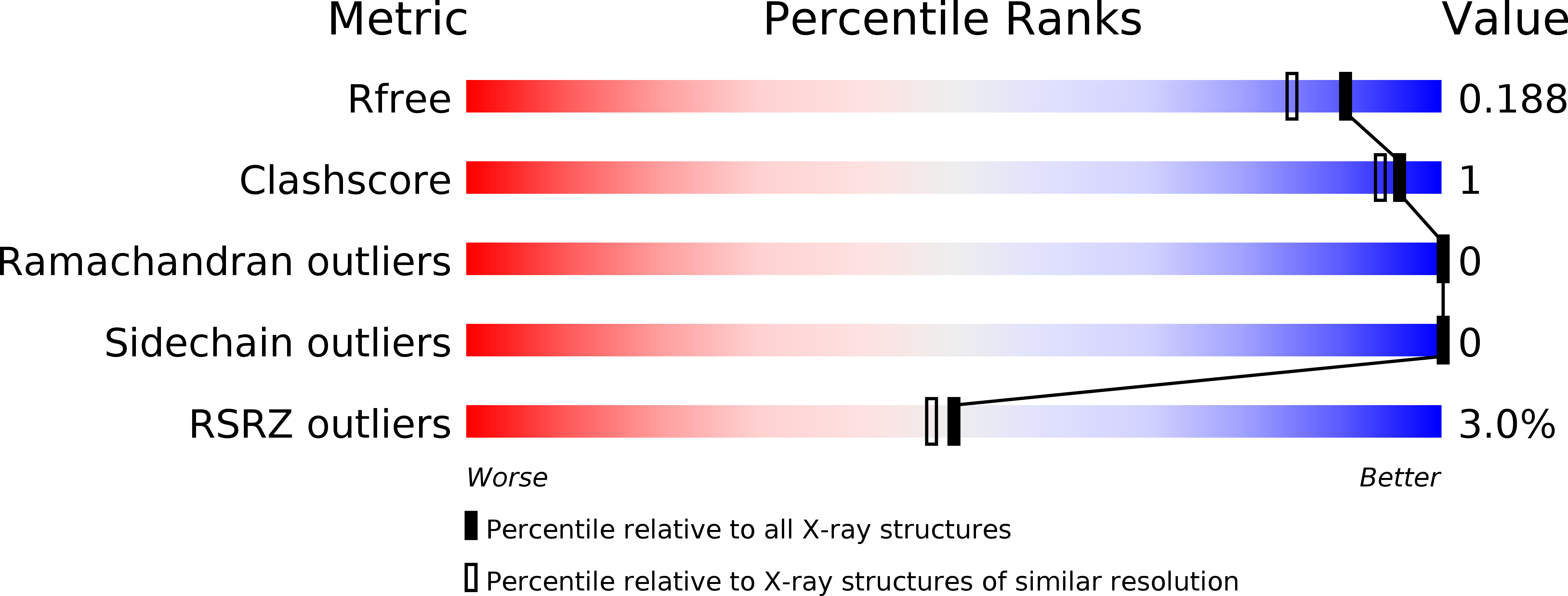
Deposition Date
2014-01-07
Release Date
2016-01-13
Last Version Date
2024-02-28
Entry Detail
PDB ID:
4OBT
Keywords:
Title:
Crystal structure of Arabidopsis thaliana cytosolic triose phosphate isomerase
Biological Source:
Source Organism:
Arabidopsis thaliana (Taxon ID: 3702)
Host Organism:
Method Details:
Experimental Method:
Resolution:
1.60 Å
R-Value Free:
0.18
R-Value Work:
0.16
R-Value Observed:
0.16
Space Group:
P 21 21 21


